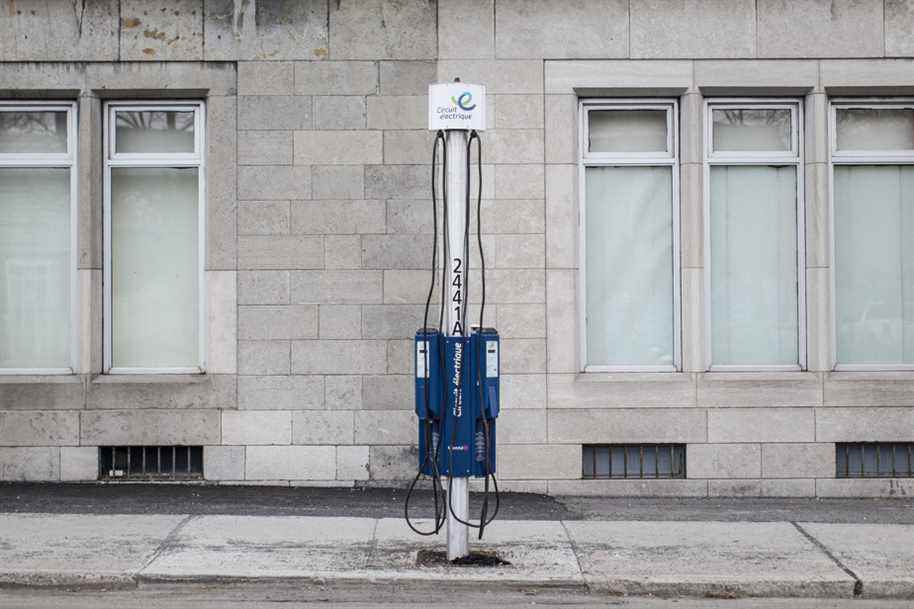On November 10, Canada signed a global agreement to achieve 100% sales of new zero-emission trucks and buses by 2040, following global discussions on electric vehicles (EVs) at COP26 , in Glasgow.
The announcement closely followed another international declaration: one that all passenger vehicles (including vans) will be electric by 2035 in major markets like Canada, and globally by 2040.
These agreements have sparked renewed optimism about the future of vehicle decarbonization. However, no legislation is yet in place to ensure sufficient supply and sales of electric vehicles, or to ensure that sales of gasoline vehicles are phased out in Canada.
Last spring, the federal government set a new greenhouse gas (GHG) emissions reduction target of 40% to 45% by 2030 from the 2005 level. Over the 14 years between 2005 and 2019, GHG emissions have decreased by only 1%. This means that Canada will have to reduce its GHG emissions by an additional 39% to 44% over 11 years.
The transportation sector accounts for 25% of Canada’s GHG emissions… if you don’t take upstream emissions into account.
Additionally, a 2019 International Energy Agency report estimated that Canada’s light vehicle fleet has the highest average fuel consumption and GHG emissions per kilometer driven of any country in the world.
When it comes to electric vehicle adoption, according to Statistics Canada, light EV sales reached 4.9% in Canada during the second quarter of 2021. By comparison, last September sales reached 20%. in China, 22% in France, 29% in Germany and 91.5% in Norway.
So, while setting goals is important, we need credible strategies to be able to achieve them.
It’s time to adopt a Canadian electric mobility strategy
While we applaud Canada’s commitment to electrify trucks and buses by 2040 at the latest, we urge the federal government to adopt an ambitious, coordinated and industry-supported transportation electrification strategy that would put Canada on the path to an accelerated level of adoption of electric vehicles.
That’s why Electric Mobility Canada (MEC) rolled up its sleeves alongside industry leaders and recently released Canada’s EV 2030 Action Plan to help the government meet its goals. If adopted, the plan will establish 32 measures to put Canada on the path to electric mobility, in support of Canada’s economic, environmental and public health goals.
In the 2020 Speech from the Throne, the Governor General said that “the government will ensure that Canada is the most competitive jurisdiction in the world for clean technology companies”.
In order for Canada to become a true world leader in clean technology and the electric vehicle industry, it can and must adopt the new US-EPA emission standards for vehicles and establish an ambitious policy in this area. of electric mobility, including VZÉ standards, simultaneously.
This will allow Canada to position itself as a leader in climate policy and electric vehicles, to become the home of EV-related manufacturing industries and to demonstrate to the rest of the world that decarbonizing transportation is both environmentally sustainable. and economically sound. One of the best mechanisms to achieve this goal is to legislate on the phase-out of sales of combustion vehicles through an EVZ standard – one of the key measures outlined in MEC’s EV 2030 action plan.
The catastrophic climate events we are witnessing today, from British Columbia to the Maritimes, are a stark reminder that we must be much bolder in our fight against climate change. To achieve our climate ambitions, electric mobility must be a key part of the Canadian solution for the future of our environment, our health, our safety and our economy.

